As the number of small-business deals involving M&A continue to rise, the importance of implementing VDR for deal success can’t be overstated. The right VDR is essential to the success of the deal. It can speed up due diligence and facilitate an easier transaction. In this article, we explore best practices to select the best VDR to facilitate M&A transactions of different sizes and complexities.
In the case of an investment bank, VDRs in the case of investment banks, VDR will help make each transaction as seamless as possible for both buyers and sellers by allowing them to access sensitive information in a secure environment. This can greatly simplify the process and decrease the chance of miscommunication or misunderstanding.
VDRs can also be useful in helping negotiate and sign a non-disclosure agreement (NDA) with third parties. This cuts down on the time and effort required for negotiating an agreement. Many modern VDRs let you create automated workflows, like eSignatures, for NDAs in a matter of clicks.
VDRs can also be used to integrate data with third-party platforms and apps like Office 365. This makes it easier to transfer of data between systems by reducing or eliminating delays, and also by ensuring that the most current version is always accessible.
Many VDRs include security features at the file level like digital rights management (DRM), which restricts the ability to copy, print or distribute files beyond the VDR. They may also offer access control and activity tracking to protect against the theft of data by unauthorized users or by outsiders. Find a VDR with features specific to the industry, such as compliance certificates like FedRAMP or FINRA. In addition, look for an VDR that offers an easy drag-and-drop interface for third-party submission of documents without having to sign up or installing software.
